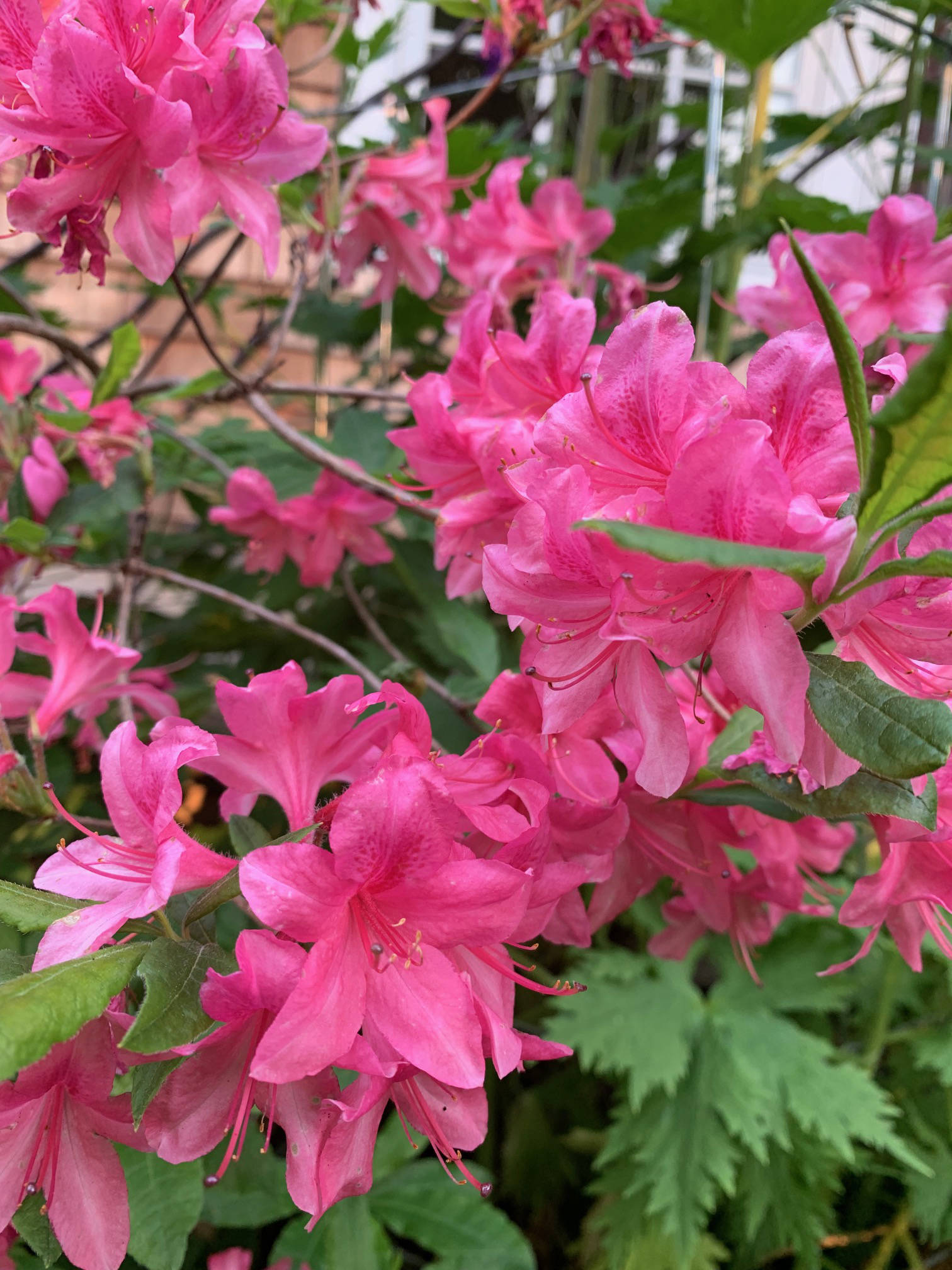We took a walk on the Eveline Trail specifically to view the wildflowers. We were just in time, they are fading fast. This heat that we are experiencing, although sort of fun, is not a friend to the environment or the garden. That said, be sure to get out and appreciate our surroundings.
There is so much variety in the vegetable garden at this very moment, and we have really narrowed down what it is we want to eat and the possibilities are wide and deep. I want you to think about those possibilities. Think about what we can grow right here in Homer, with no transportation costs, and some effort. Think about the rewards.
Right in the ground, without a greenhouse I have the following: two kinds of onions that will store through the winter, shallots, garlic and two kinds of leeks. There are two kinds of lettuce one of which is Red Fire Iceberg.
Who knew you could plant iceberg lettuce at this latitude? This is the third or fourth year and it is wildly successful. I thought it only grew in California. Tom Klinker had been voicing disfavor with loose leaf lettuce and lauding iceberg. I thought, no way. So I gave it a try and am a convert. I try to get a head to him every season, in appreciation of his insight. The drawback is that once cut it’s over. With the loose leaf you can have cut and come again, a distinct advantage, plus planting a short row every 10 days will keep you in lettuce all summer long.
Our salads have been a mix of lettuce, sorrel, arugula, spinach, beet greens, chard and radish tops. All from taking a little walk through the garden with a basket and knife.
The arugula seems to be over, it kept bolting (going to seed) and the third planting of spinach is also on the way out. They both served us well and their time is over, on to other greens.
The cole crops are looking magnificent. Broccoli, purple cauliflower, romanesque cauliflower, purple cabbage, radish and Brussels sprouts. The slugs seem to hold off on anything purple, hence the cabbage. There really is nothing worse than cutting into a gorgeous head of green cabbage to find it stuffed with slugs. That has happened enough times to warrant their dismissal from the garden.
There is limited space out there so I only plant four potatoes. I quarter them, let them harden and plant them into a trench about 12 inches deep, hilling (covering with dirt every time they show green leaves) them about four times. So I have 16 potato plants out there and they will produce enough for the two of us (plus whoever comes to share dinner) with unfortunate storage until January. Not bad.
Carrots: the favored one is Bolero from Johnny’s Seeds. Not only is this delicious fresh but the storage capability is magnificent. If I had more room we would have our own carrots from harvest to harvest. You should experiment with varieties, there are so very many out there, by trying a few different kinds each year you may find either a favorite or several favorites that you can’t live without. There is, really and truly, nothing that can compare to an Alaskan grown carrot.
Peas: I took advantage of our false spring in March and planted two kinds of peas, shelling and snap. They are setting peas as we speak and this is the very earliest that we have ever had peas. What a delight. When the cold returned the beginning of April and reminded me that we live in the Far North I thought that would be the end of them, but no, they soldiered on. I don’t usually plant anything until the middle of May but why not take advantage of the weather? See what happens? I have been rewarded.
Fennel: There are three crops going out there, each planted 10 days apart. They are gorgeous, delicious and who knew that fennel would thrive here.
Artichokes: Green Globe. This is a perennial everywhere else but here so I start them every year and get anywhere from 12 to 18 per plant. Excellent.
Lets talk about fruit. I know there are those of you who really need to grow stone fruit trees. You have high tunnels or some kind of greenhouse to accommodate them. Or maybe you cage them and cover the cage with plastic when the weather gets threatening. Whatever it takes to get the goods. More power to you.
I, on the other hand, will stick to berries. They need almost nothing from me. How many of us have raspberries in the freezer from last year? Yup. Lots of berries. The strawberries are setting fruit and these are just the regular berries from the Sitka Experimental Farm that were developed back in the 40s. They work. They may be a bit small, and pink but the flavor is magnificent and the production is outrageous. I now have four black currant bushes, two are in their third year, and two their second all are loaded with potential. I can hardly wait. And those berries are our fruit allwinter long, shake three kinds into a bowl and there you have it – excellence.
I know I’m forgetting something. These are the fruits and vegetables that John and I eat all year around, if not fresh than frozen. This is what will thrive here in Homer, here in the Far North, with a bit of effort and an interest in feeding your family. Right in the ground, just like a Mr. McGregor garden, from a Beatrice Potter painting. You can do this.
Rosemary Fitzpatrick is a longtime Homer gardener and has been writing Kachemak Gardener since 1990.


